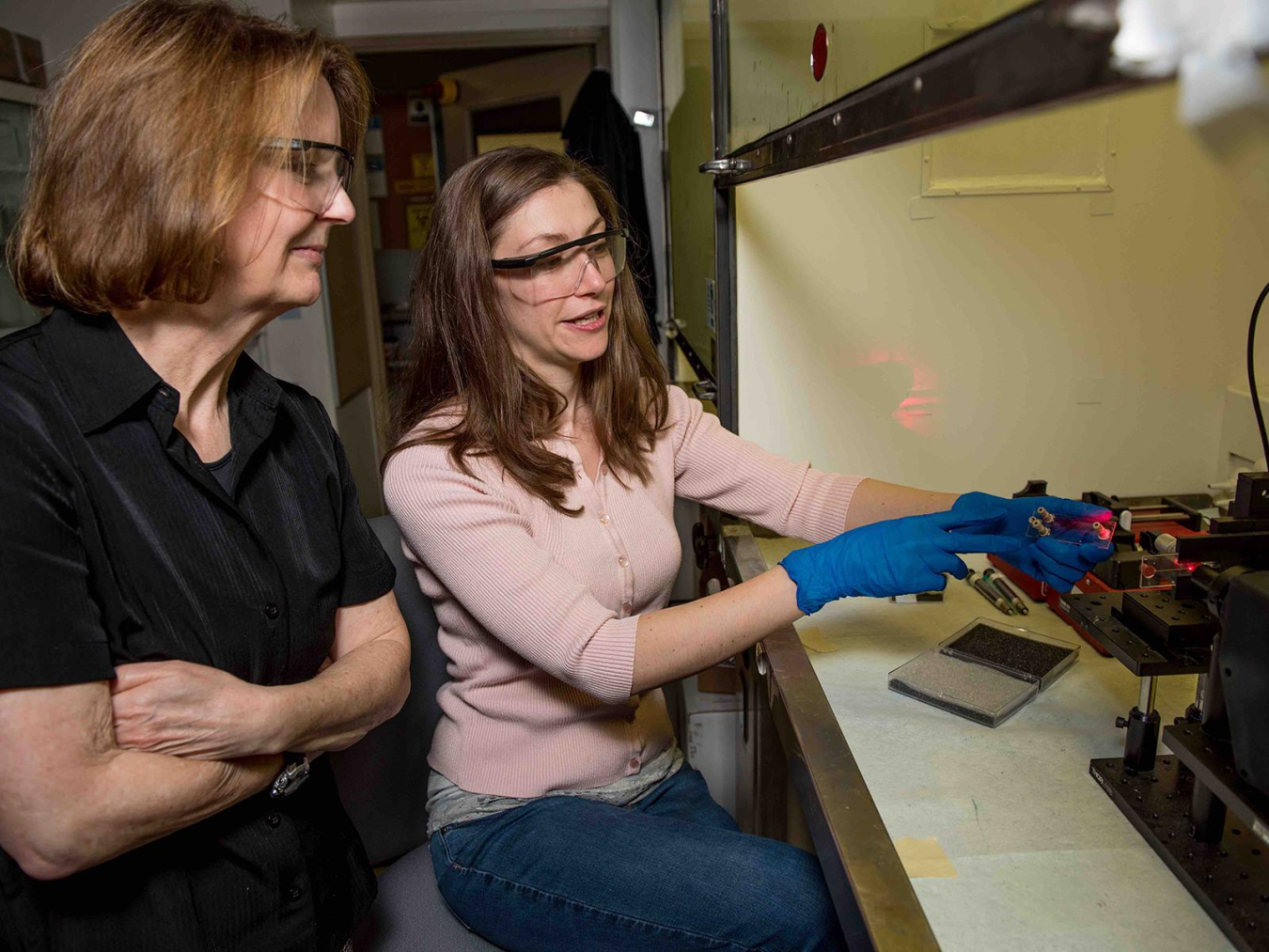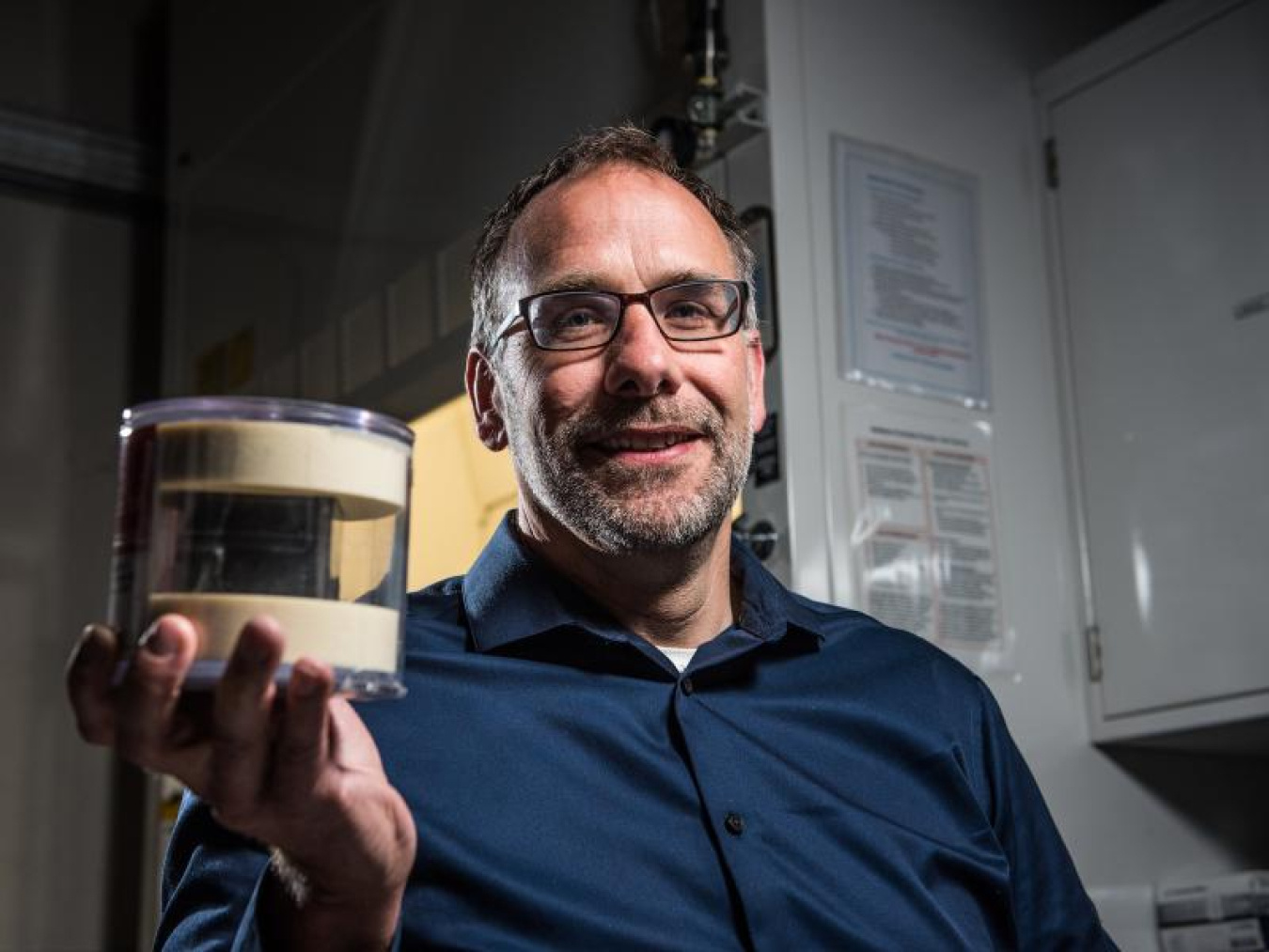Pacific Northwest National Laboratory celebrates history of growth and impact.
October 21, 2020
Editor's note: this article was cross-posted from PNNL's website.
In recognition of Nuclear Science Week (NSW) on Oct. 19-23, Pacific Northwest National Laboratory (PNNL) reflects on more than half a century of advancing nuclear science for the nation’s energy, environment, and security frontiers.
“Our scientists and engineers create new frontiers of nuclear science, continuing our nuclear heritage, to tackle bold challenges across a diverse portfolio,” said Chris Deeney, chief science and technology officer for the PNNL National Security Directorate and fellow in the Institute of Electrical and Electronics Engineers (IEEE) Nuclear and Plasma Society.
NSW is a week-long celebration held the third week of October to recognize nuclear science technology, research collaborations, and careers around the world. PNNL is joining in the festivities by sharing its nuclear science, technology, and engineering on its social media channels and participating in the Nuclear Tech Connect event, Oct. 21-22.
“This is an exciting opportunity to share the impactful role PNNL has had in innovative nuclear science research and technology and in fostering future generations interested in this and other STEM opportunities,” said Mark Nutt, nuclear sector market manager for PNNL’s Energy and Environmental Directorate.
History with a mission
PNNL got its start more than 50 years ago, supporting the Hanford Site under the auspices of the Atomic Energy Commission for the Manhattan Project. From understanding basic physics to producing medical isotopes, supporting nuclear nonproliferation and advancing nuclear and particle physics, nuclear energy, and fusion energy sciences, while also aiding environmental cleanup at sites like Hanford—nuclear science and engineering now underpin about half of the research at PNNL. PNNL is even home to a legacy “Heisenberg cube”—a WWII relic that now aids nuclear forensic training.

PNNL expands the reach of its nuclear science and engineering through collaborations with other research institutions. For example, the WSU-PNNL Nuclear Science and Technology Institute formed with Washington State University (WSU) in 2018 gives researchers and students opportunities to work together and access PNNL’s advanced analytical and characterization instrumentation and computational facilities, as well as WSU’s research reactor.
The PNNL-led Interfacial Dynamics in Radioactive Environments and Materials team also tackles the peculiar behavior of complicated materials, including highly radioactive wastes generated during historic Hanford activities and stored in large underground tanks for many decades.
Advancing technology
PNNL is delivering award-winning technologies to tackle complex issues of national security. The technology Xenon International, a high-performance, next-generation detection system for use in nuclear explosion monitoring networks, was recognized for both an Federal Laboratory Consortium interagency partnership award and an R&D100 Award. PNNL has also contributed much of the nuclear science that underlies an international monitoring system designed to detect nuclear explosions worldwide. The system constantly collects and analyzes air samples for signals that would indicate a nuclear explosion, perhaps conducted secretly underground.
Training future leaders
Looking to the future, PNNL is committed to building cutting-edge STEM capabilities for researchers to study nuclear materials and providing learning and career opportunities to build its nuclear science team. PNNL is kick-starting engineering careers in nuclear safeguards through programs like the Safeguards Internship Program that are providing students hands-on experience in nuclear engineering and design projects. The National Security Internship Program identifies ambitious, high-caliber undergraduate and graduate students in STEM fields for a paid internship in which they engage in hands-on learning and are assigned a research mentor at PNNL. Similarly, the Radiation Detection for Nuclear Security Summer School is a tailored summer school course for students enrolled in a degree program relevant to radiation detection and features a tailored summer school course that emphasizes the need for radiation detection in nuclear security.
“PNNL recognizes the crucial role that mentoring plays in the academic and personal development of aspiring nuclear scientists and engineers,” said Daniel Stephens, the director of National Nuclear Security Administration programs at PNNL and senior member of the IEEE Nuclear and Plasma Society. “Their success is what will keep our talent pipeline full.”

